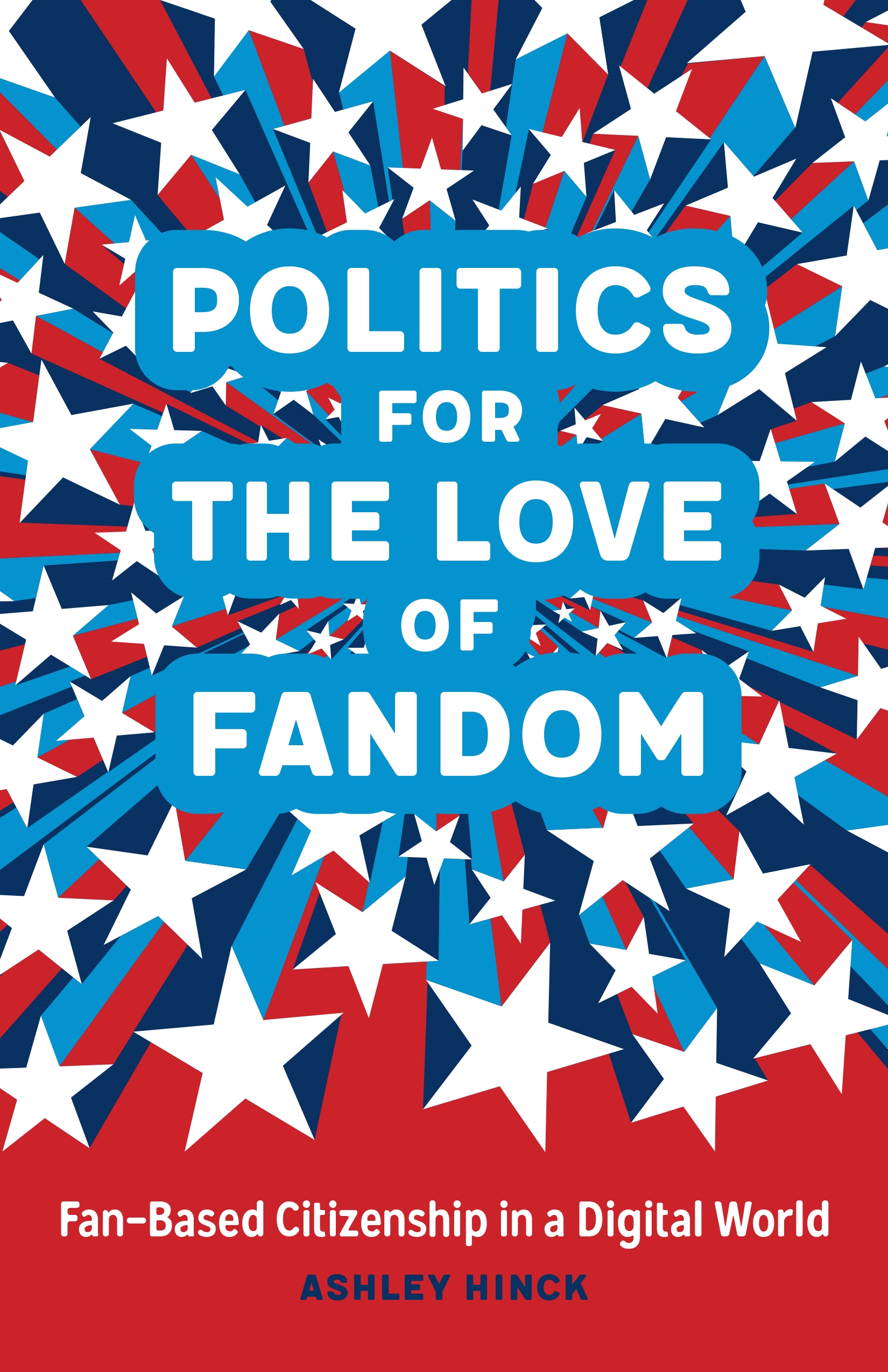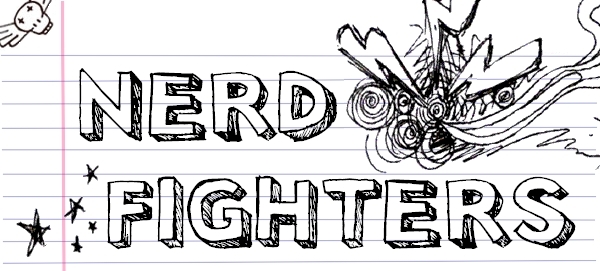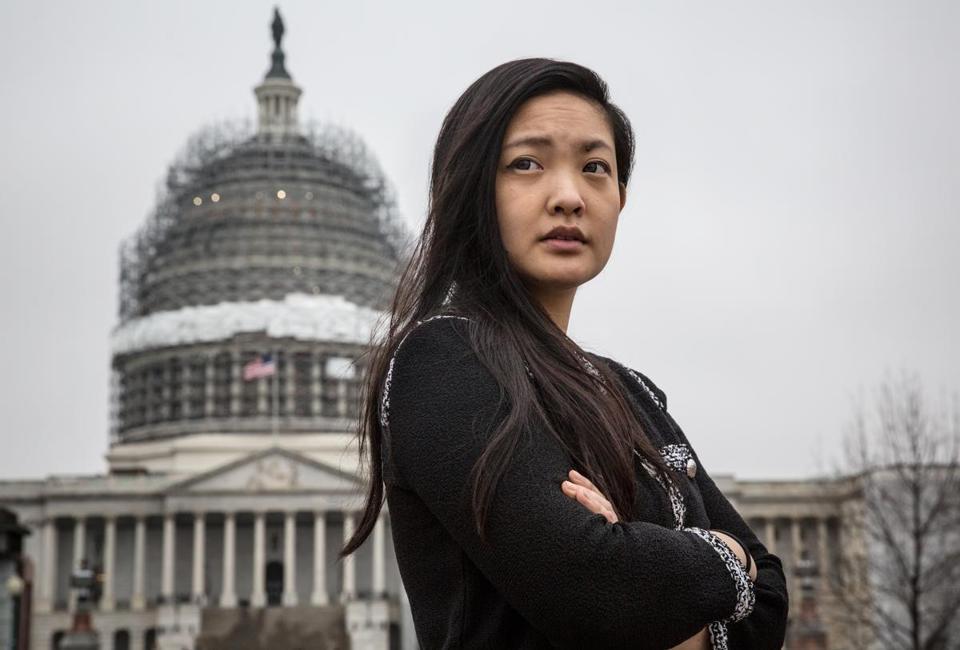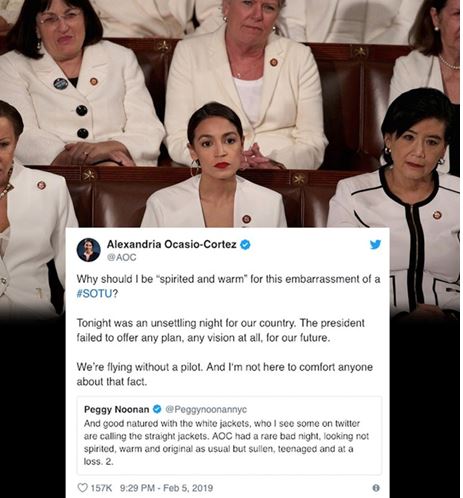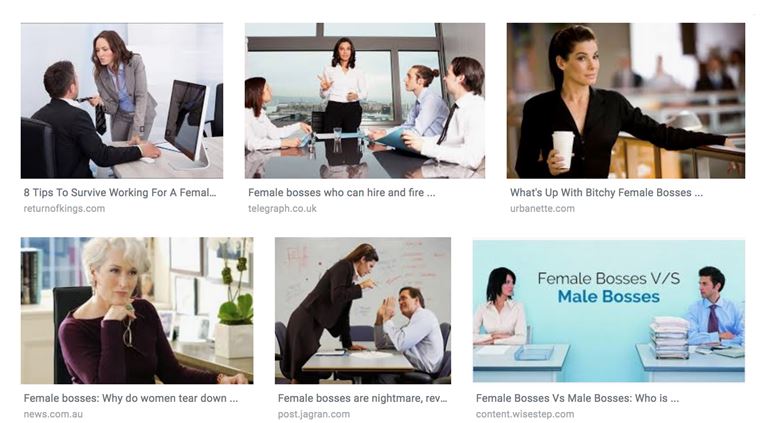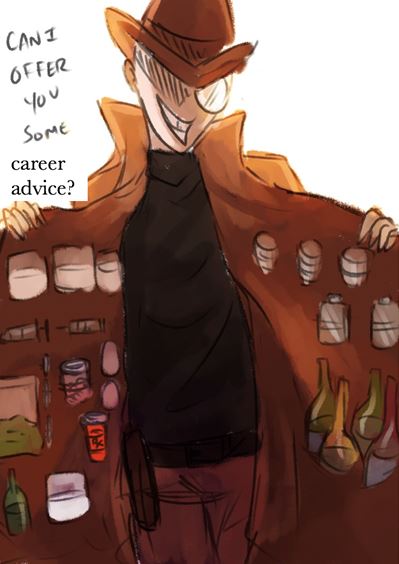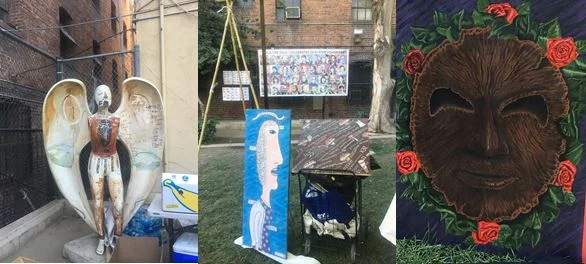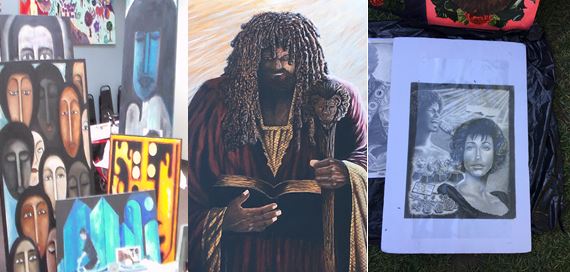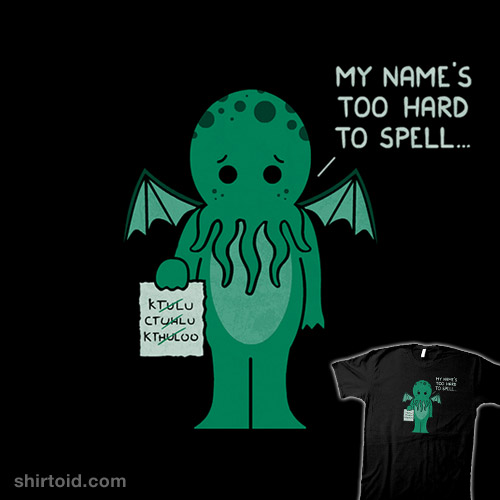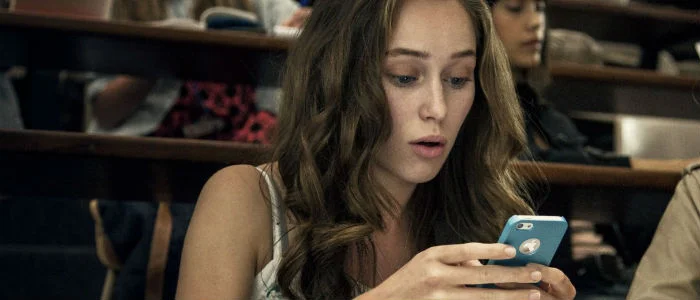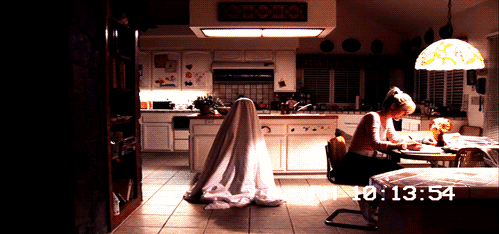Participatory Politics in an Age of Crisis: Liana Gamber-Thompson & Ashley Hink (Part I)
/Opening Statements
Hinck
In 2007, when I was a senior in college, one of my best friends told me about a podcast created by a group called the Harry Potter Alliance. At the time, I remember listening to it, loving it, and wondering why nothing in my persuasion class seemed to reflect either the Harry Potter Alliance’s use of the internet to do organizing or their use of fandom to do politics. From there, I fell down a rabbit hole, assisted by many friends in many fandoms. I went to graduate school and ended up writing a MA thesis and a PhD dissertation about how fandom, politics, and the internet intersect.
Now, I’m an Assistant Professor at Xavier University and I’ve published two books: Politics for the Love of Fandom: Fan-Based Citizenship in a Digital World (LSU Press, March 2019) and Poaching Politics: Online Communication in the 2016 US Presidential Election co-authored with Paul Booth, Amber Davisson, and Aaron Hess (Peter Lang, November 2018), along with a handful of other articles and book chapters (which you can find here). Across my research, my goal is examine the ways in which fan cultures, identities, and practices contribute to, transform, or contest political cultures, identities, and practices. I’m a rhetorician by training, which means my questions center around how we use fandom to construct, deploy, and perform communication in order to do politics.
As a rhetorician, my starting point is public culture and rhetorical texts. From John Dewey to G. Thomas Goodnight, communities and social interaction have been seen essential for the functioning of democracy. In many ways, social ties are at the very center of public culture and civic action. From that point of view, we shouldn’t be surprised that we are increasingly seeing intersections between fandom and politics. Fan studies scholars have long pointed out that fans form rich communities around fan-objects (for example, see Baym, Hellekson & Busse, and Jenkins). This is becoming even more common as the internet makes it easier than ever to form communities across great geographic distance. Fandom is an important source of social ties and communities. In my book chapter in Theorizing Digital Rhetoric, I argue that it’s no wonder then that those social ties translate to political ones as well.
And indeed the social ties of fandom have translated into all sorts of publics, civic action, and political cultures.
In some cases, fandom has served as the foundation for political action—what I call fan-based citizenship. In these cases, public engagement emerges from a commitment to a fan-object. In my book, Politics for the Love of Fandom: Fan-Based Citizenship in a Digital World, I examine cases like Star Wars, Nerdfighters on YouTube, adult fans of LEGO, Husker Football, and Harry Potter. For example, the TeamMates nonprofit invited Husker football fans to volunteer to mentor school-aged children during their Coaches Challenge campaigns. Nerdfighters deliberated about public issues and charities during the annual Project for Awesome. Across each case study, I argue that fans anchor their civic appeals in the ethical frameworks emerging from their fan objects (particular interpretations of values operating at a general and abstract level). Thus, popular culture fandom becomes a source of public values that can be used to guide civic action through public communication.
The cases I examine in my book demonstrate that fan-based citizenship doesn’t just occur in activism, but also as volunteerism, charity donations, and electoral politics, including the most recent US presidential election. Indeed, I think scholars, pundits, and citizens will have trouble understanding the 2016 US presidential election if we don’t also understand fandom and how it intersects with politics.
One way in which we see fandom operating in the 2016 election is as an identity/group membership that had bearing on one’s presidential vote. In 2016, Paul DeGeorge (co-founder of the Harry Potter Alliance and co-founder of Harry and the Potters) launched the Nerds for Her website and online store, selling buttons and tshirts that displayed “Hufflepuffs w/Her” in Hufflepuff colors, “Choose Her” slogans next to Pokemon balls, and “the only logical choice” next to the Vulcan salute. The store was an extension of a project DeGeorge started in 2008 and refined in 2012 when Obama was running. In 2016, DeGeorge transformed the “Wizards for Obama” slogans to “Wizards w/Her.” The buttons, t-shirts, and digital downloads invited fans to vote for Hillary Clinton in 2016 based on their fan identity and the ethical frameworks that came along with that. In an interview, DeGeorge explained, “I was trying to link up a member group, like Teachers for Obama.” Candidates regularly campaign by appealing to group membership identities like union member, woman, or teacher. DeGeorge invited fans to use their fan identity in the same way (Politics for the Love of Fandom: Fan-Based Citizenship in a Digital World).
Fandom also affected how politicians and fan-citizens engaged the 2016 election, applying fan practices to and integrating fan identities into electoral campaigns. In Poaching Politics: Online Communication in the 2016 Presidential Election (which I co-authored Paul Booth, Amber Davisson, and Aaron Hess), we examine the way in which participatory cultures affected the 2016 election. We argue that individuals claimed campaign discourse as their own, transforming the long-assumed relationship between citizens and campaigns from one in which citizens were passive and rational to one in which citizens are active and affective as well. In the 2016 election, we saw this emerge around fan culture and troll culture (two prominent and long-standing participatory cultures).
One chapter of our book traces how politicians came to adopt fan identities and practices during their campaigning. For example, during the primaries ahead of the 2016 election, Ted Cruz performed a Star Wars fan identity on the campaign trail, integrating it with his political persona. Cruz’s integration of his fan identity into his candidate personae invited voters to imbue him with the “cool” that his awkward persona sorely lacked, while also allowing him to court the voting bloc of Star Wars fans (a significant number of voters).
On the other side of the aisle, MoveOn, the well-established progressive political organization, deployed Harry Potter in an attempt to garner support for Hillary Clinton in their online video advertisement “Merkely Potter” on Facebook and YouTube. MoveOn’s ad used the same approach as the cases of fan-based citizenship I studied in my book, Politics for the Love of Fandom. They invited voters to apply a Harry Potter ethical framework (respect, tolerance, etc.) to voting, arguing that Harry Potter fans who supported those values should vote for Hillary Clinton. In doing so, MoveOn constituted Harry Potter fans as a voting bloc. This was particularly important because the Millennial voting bloc was both large and up for grabs (particularly as young people supported Bernie Sanders in the primaries). MoveOn constructed a political argument that called Harry Potter fans to vote for Hillary, not because they were Democrats, but because they were Harry Potter fans.
Fandom also played a critical role in the surge of progressive organizing and activism after Trump’s 2016 election. In our Poaching Politics book, we trace the way in which fandom was used to attack Democratic candidate Jon Ossoff. Ossoff was running for a seat in the House of Representatives that was vacated after Trump appointed Tom Price as Secretary of Health and Human Services. During the race, a conservative PAC released an advertisement attacking Ossoff that utilized footage of Ossoff delivering lines as Han Solo and goofing around with lightsabers. The ad asserted: “Ossoff really wants you to think he’s ready to be in Congress” and then goes on “You see, Osssoff was just a college kid, doing things like dressing up with his drinking buddies and pretending to be Han Solo.” While the attack ad attempted to use Ossoff’s fandom as evidence that he was young and inexperienced, Better Georgia, a progressive organization, released an advertisement that reframed the same evidence of Ossoff’s Star Wars fandom as beneficial. The ad stated, “Jon Ossoff. Honest. Serious. And so ready. Sorry Trump Republicans. But District 6 has a new hope.” Ossoff and his supporters eventually leaned into his Star Wars fandom, integrating it into his political persona. Ossoff’s case demonstrates how political personae integrated with fan identities can become contested on both sides, with implications for what kind of leader the candidate might be. While Ossoff eventually lost (by only a few points), his campaign illustrates the changing terrain of fandom in elections.
Citizens too (not just politicians) utilized fandom during the surge of progressive organizing after Trump’s victory. During the research for my book, Politics for the Love of Fandom, I met a group of writers and librarians who found themselves devastated after Trump’s 2016 victory and were looking for ways to do good and create change. They stumbled upon the Harry Potter Alliance and decided to form their own chapter. The chapter ran two campaigns within the first six months. For these citizens, who felt spurred to action by Trump’s victory, it made sense to turn to fan activism.
These case studies all illustrate the complex inner-workings of the intersection between fandom and politics. But they also illustrate two larger points about fandom in the 2016 US presidential election: 1) We shouldn’t be surprised that fandom is giving rise to political action—these citizenship performances reflect where our social ties and our communities are. 2) We can’t understand the 2016 US presidential election without understanding fandom. It may be easy for journalists on the campaign beat or for political scientists specializing in voter turnout to ignore fandom as something unusual or an exception to the rule that can be ignored. Yet, I think the cases I’ve discussed here demonstrate that fandom is actually at the center of the 2016 election. If we want to understand American politics in the 21st century, we have to understand fandom too.
Gamber-Thompson
Michael Cohen, President Trump’s former lawyer and “fixer” is testifying before the House Oversight Committee as I write this introductory statement, the often tense back and forth pumped out from a portable speaker in my kitchen as I ponder the state of participatory politics today. Needless to say, so much has changed since 2015, when my co-authors and I wrapped up our fieldwork and analysis for By Any Media Necessary: The New Youth Activism (Jenkins et al., 2016), and I’m thrilled to think about what current iterations of participatory politics look like in conversation with Ashley Hinck, whose fascinating body of work on fandom and politics explores how citizens and politicians alike have deployed fandom toward civic ends.
First, a little bit about me: I’m somewhat of an outlier in this group of marvelously smart and accomplished academics who are also participating in these discussions on participatory politics. After finishing my PhD in Sociology (with parenthetical notation in Feminist Studies) in 2010 and a dissertation on teenage girl music fans, I spent almost four years at USC working with Henry Jenkins and Sangita Shresthova on the Media and Participatory Politics Project (MAPP), which has now transformed into the even richer Civic Imagination Project. After that, I made the leap to the non-academic world and haven’t looked back. For the past five years, I’ve worked primarily in the education and technology space, first at the non-profits National Writing Project and Connected Camps, and most recently at the edtech media company, EdSurge. As such, I’m really glad to re-join this conversation on participatory politics and to hopefully bring some of that “on the ground” experience into it as well.
One professional project I worked on that’s germane to this conversation is Letters to the Next President 2.0. This was a national, large-scale, multi-modal writing project supported by the National Writing project and KQED that engaged and connected young people, aged 13–18, as they researched, wrote, and made media to voice their opinions on issues that mattered to them in the 2016 presidential election. You can see their finished letters here; these expressions of youth voice give an often poignant look into the issues young people are wrestling with, partisan politics aside.
I’m also excited about this conversation on a few different theoretical fronts. First, the connection between fandom and politics is a topic I explored in By Any Media Necessary in my case study on libertarian youth, in which I tried to show how participatory politics is enacted in non-progressives spaces. While studying the student group, Students for Liberty, I found flourishing fan communities built around shared admiration for a range of libertarian schools or theory like Anarcho-capitalism and classical liberalism, as well as the movement’s influential intellectual figures, from Friedrich Hayek to Murray Rothbard. The creative productions of young artists/theory fans like Dorian Electra and other YouTube stars such as PraxGirl and Token Libertarian Girl further helped bridge the gap between fandom and politics for a new generation of libertarians.
Electra, who I interviewed for By Any Media Necessary and whose artistic output I chronicled closely, now spends time challenging gender norms and toxic masculinity rather than mainstream economic theories and is a good example of how fandoms, along with the personal investments of those in them, change over time. Electra, who identities as non-binary, has retired all libertarian-leaning work from their official Youtube account and tours frequently with the likes of pop sensation Charli XCX.
Along with thinking about participatory fandom together, I’m equally as excited to think about the affective dimensions of contemporary politics alongside Ashley. Drawing on Jenkins (1992), Van Zoonen (2005) explains that academic and popular discourses often hold that fandom is primarily an affective enterprise, while political activities are more rooted in critical cognitive assessments that constitute good citizenship, such as informed knowledge of current events. Jenkins and Van Zoonen both argue against such a dichotomy, and the libertarian case study is just one of many that demonstrate how fan practices bridge with political and civic activities in ways that combine rational discourse with more affective expressions. The Harry Potter Alliance (HPA), which Ashley Hinck describes here and which my colleague, Neta Kligler-Vilenchik, also wrote about in By Any Media Necessary, is another great example.
The importance of affect for participatory politics was also a theme In DREAMing Citizenship: Undocumented Youth, Coming Out, and Pathways to Participation, also in By Any Media Necessary, in which my co-author Arely Zimmerman and I looked at how DREAMers, who were just starting to become recognized on the national stage at the time the book was published, built on historically situated practices of mobilization and used new media for movement building. We argued that DREAMer participatory practices, both affective and tactical (Johnson 2009), constituted a new repertoire of action (Tilly 1978) to effect change that supported members of traditionally marginalized groups in becoming civically engaged. We examined coming out videos and other “testimonios” to show how the affective and strategic were mutually reinforcing for DREAMers and their political goals.
Our analysis, which directly connected the emotional experiences of DREAMers to their political work, is part of the effort to develop what Jeff Goodwin and others (Jasper 1998; Goodwin, Jasper, and Polletta 2001) have termed an emotional sociology: a sociology attuned to the potential causal significance of emotions because they are “constitutive of social relations and action—and not simply as individual, psychological reactions but as intersubjective, collective experiences” (Goodwin, Jasper, and Polletta 2001, 283). We found that DREAMer’s online storytelling practices, combined with an explicit legislative agenda, helped propel the movement forward and set the stage for widespread visibility.
I had the unfair advantage of reading Ashley’s intro before I finished my own, but her question about what different disciplinary lenses can teach us about participatory politics seems especially important for this conversation. I’m looking forward to hearing her perspective, as a rhetorician, on the state of participatory politics, and seeing where and how it intersects with my sociological perspective during the course of the conversation.
____________________
Ashley Hinck is Assistant Professor, Communication Department, Xavier University
Liana Gamber-Thompson is Digital Project and Operations Manager at EdSurge.

